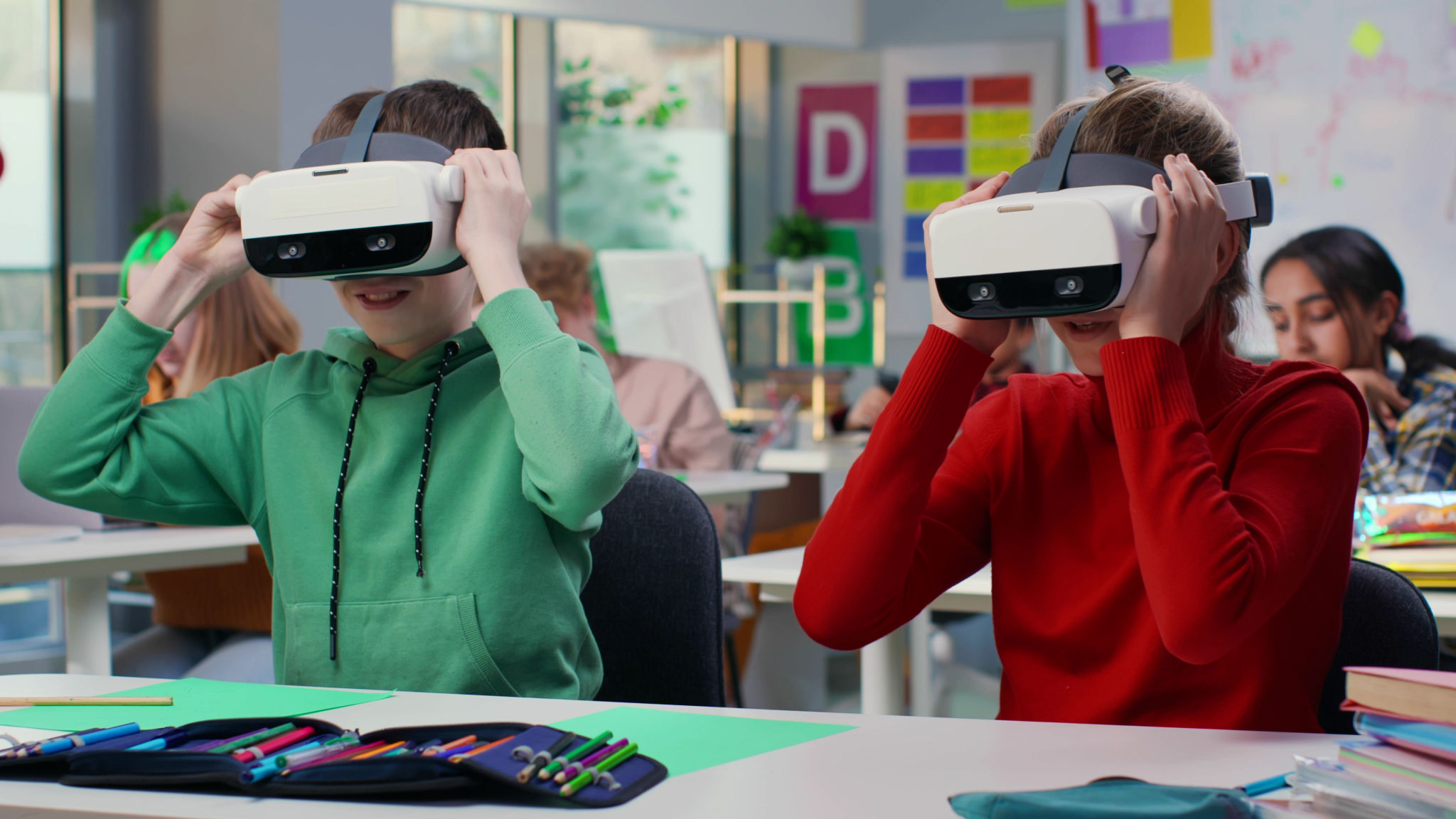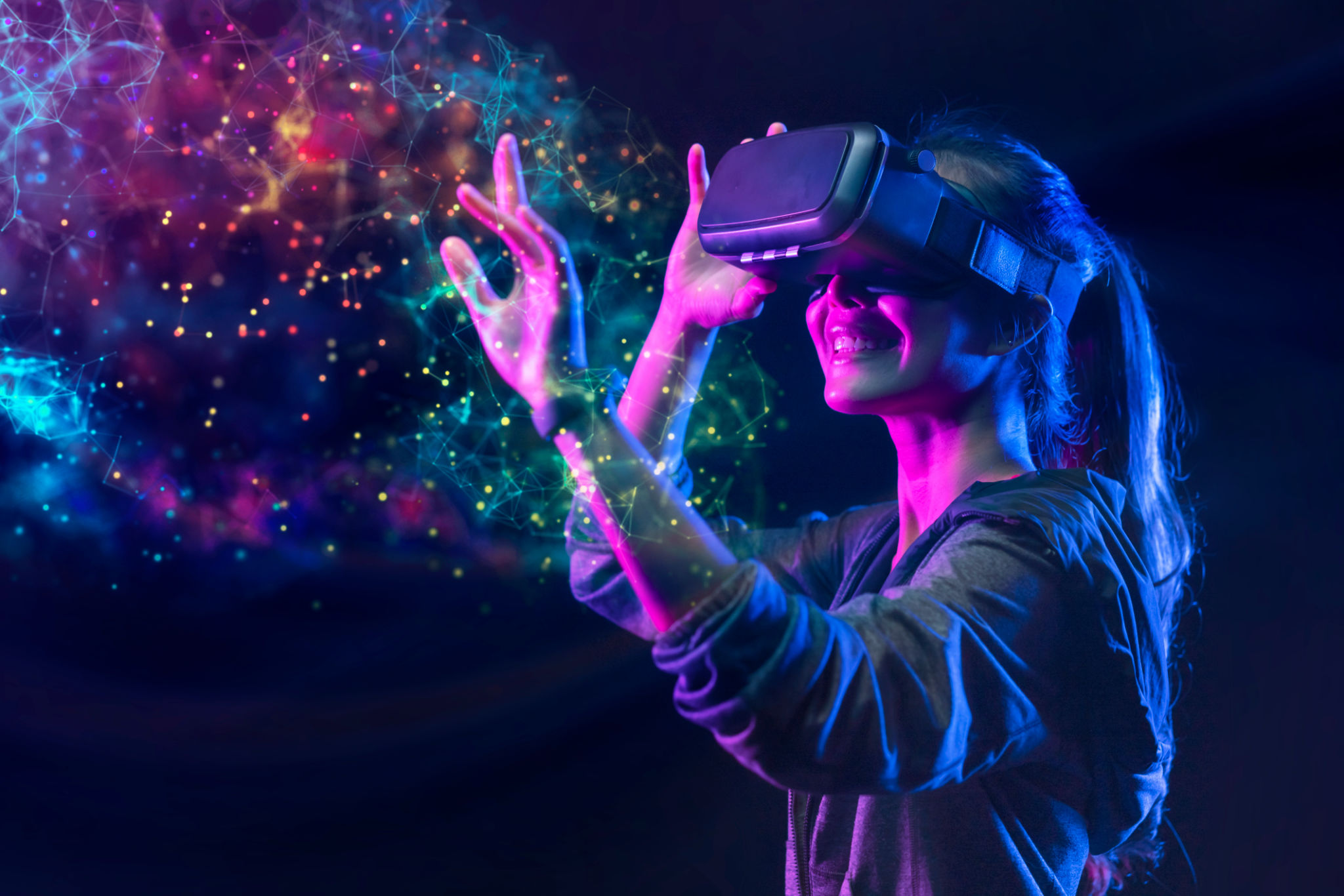The Benefits of Virtual Reality in Children's Education
Introduction to Virtual Reality in Education
Virtual Reality (VR) is transforming various sectors, and education is no exception. This immersive technology is making learning more engaging and effective, especially for children. By simulating real-world environments, VR allows students to explore and interact in ways traditional methods cannot. This post will delve into the numerous benefits of incorporating VR into children's education.

Enhancing Engagement and Interest
One of the most significant advantages of VR in education is its ability to captivate students' attention. Children are naturally curious, and VR taps into this curiosity by offering interactive and dynamic learning experiences. This heightened engagement can lead to increased interest in subjects that might otherwise seem dry or challenging.
For example, a history lesson about ancient civilizations can come to life as students virtually walk through historical sites. Similarly, a science class on marine life becomes an underwater adventure, sparking excitement and a deeper understanding of the material.
Immersive Learning Experiences
VR provides an immersive learning environment that encourages exploration and experimentation. Students can engage in hands-on activities that would be impossible or impractical in a traditional classroom setting. This experiential learning approach helps to reinforce concepts and improve retention.

Fostering Creativity and Imagination
By allowing children to step into different worlds and scenarios, VR stimulates creativity and imagination. It empowers students to think outside the box and explore new possibilities, which is crucial for developing problem-solving skills.
Creative subjects, such as art and design, benefit immensely from VR. Students can create 3D models or virtual artworks, providing them with tools to express themselves in innovative ways. This not only enhances creativity but also builds confidence in their abilities.
Encouraging Collaboration and Social Skills
VR can also facilitate collaboration among students, promoting teamwork and social interaction. Many VR applications are designed to be used in groups, requiring students to communicate and work together to achieve common goals. This collaborative environment fosters essential social skills that are valuable both inside and outside the classroom.

Overcoming Learning Barriers
For children with learning difficulties or disabilities, VR can be a game-changer. It offers personalized learning experiences tailored to individual needs, helping to overcome challenges that traditional teaching methods might not address effectively. By adapting the pace and style of teaching to suit each student, VR can make education more inclusive and accessible.
Furthermore, VR can provide safe spaces for children to practice skills without the fear of failure or judgment, boosting their confidence and motivation to learn.
Conclusion
The integration of Virtual Reality in children's education offers numerous benefits that enhance learning experiences. From increasing engagement and fostering creativity to promoting collaboration and overcoming barriers, VR is a powerful tool that can transform how children learn. As technology continues to evolve, the potential for VR in education will only grow, opening up new possibilities for educators and students alike.
